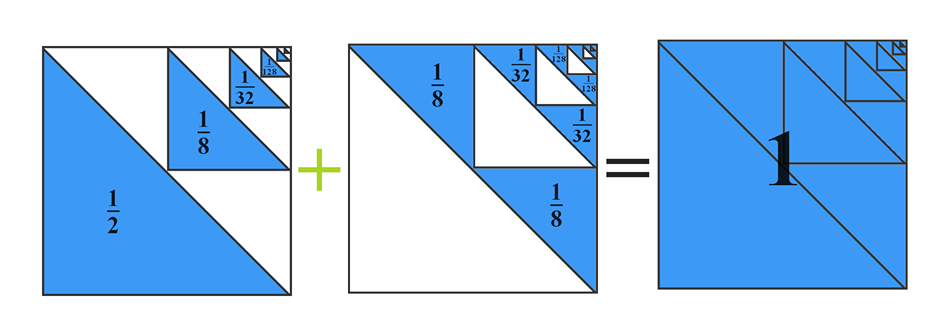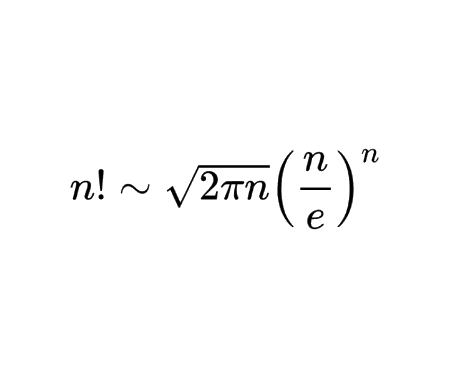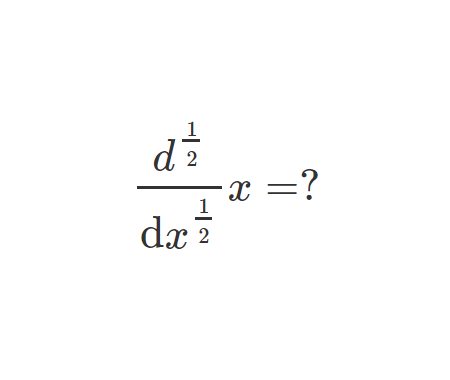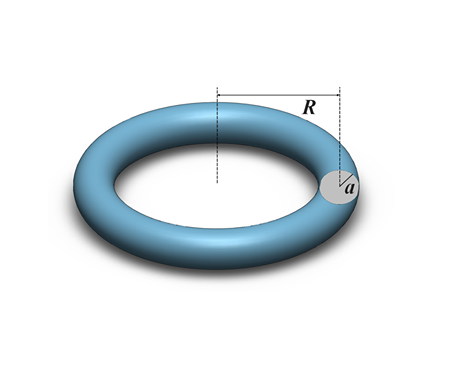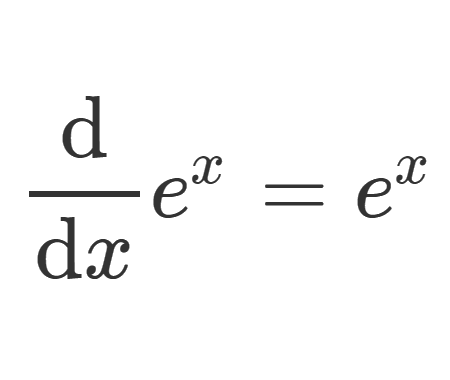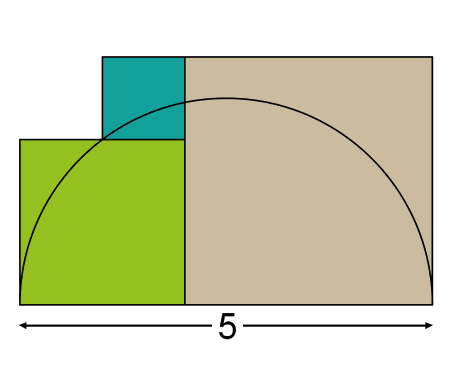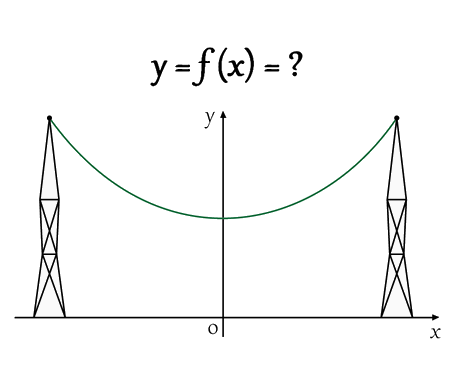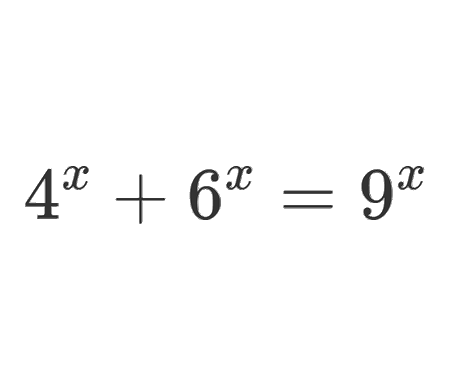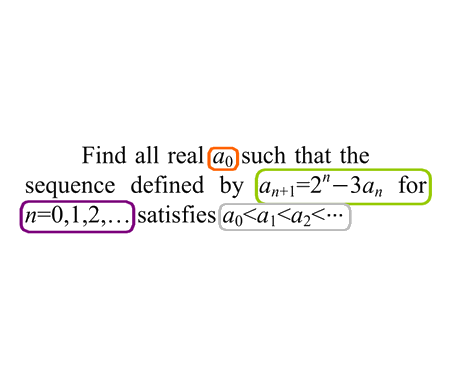Proof without words: \(\frac{1}{2}+\frac{1}{2^{2}}+\frac{1}{2^{3}}+\cdots=1\)
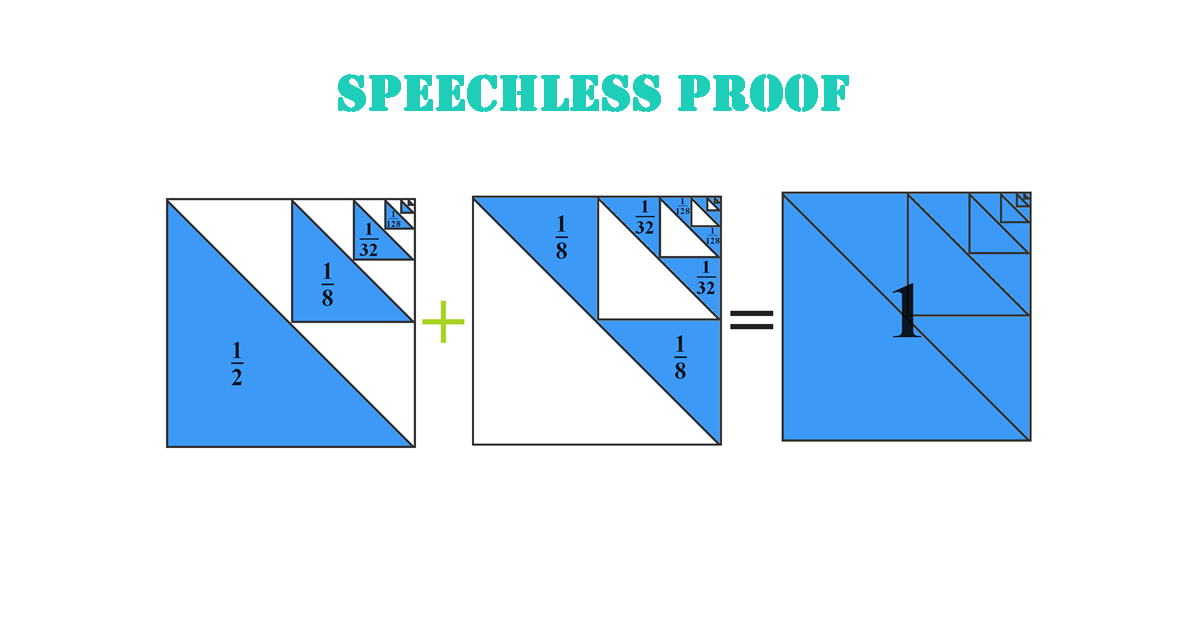
Explanation
This infinite series visual proof demonstrates how the sum of \( \frac{1}{2} + \frac{1}{4} + \frac{1}{8} + \cdots \) equals 1. Using simple geometric shapes, this speechless proof illustrates the concept of infinite sums without words, making mathematics both visual and intuitive.
The proof is part of the Proof Without Words series on Art Of Mathematics, which provides elegant visual explanations for important mathematical concepts. By showing each fraction as a geometric area, learners can immediately see why the sum converges to 1, reinforcing understanding without relying on symbolic calculation alone.
Such speechless proofs are not only educational but also enhance visual intuition in mathematics, helping students grasp abstract ideas quickly and enjoyably.


